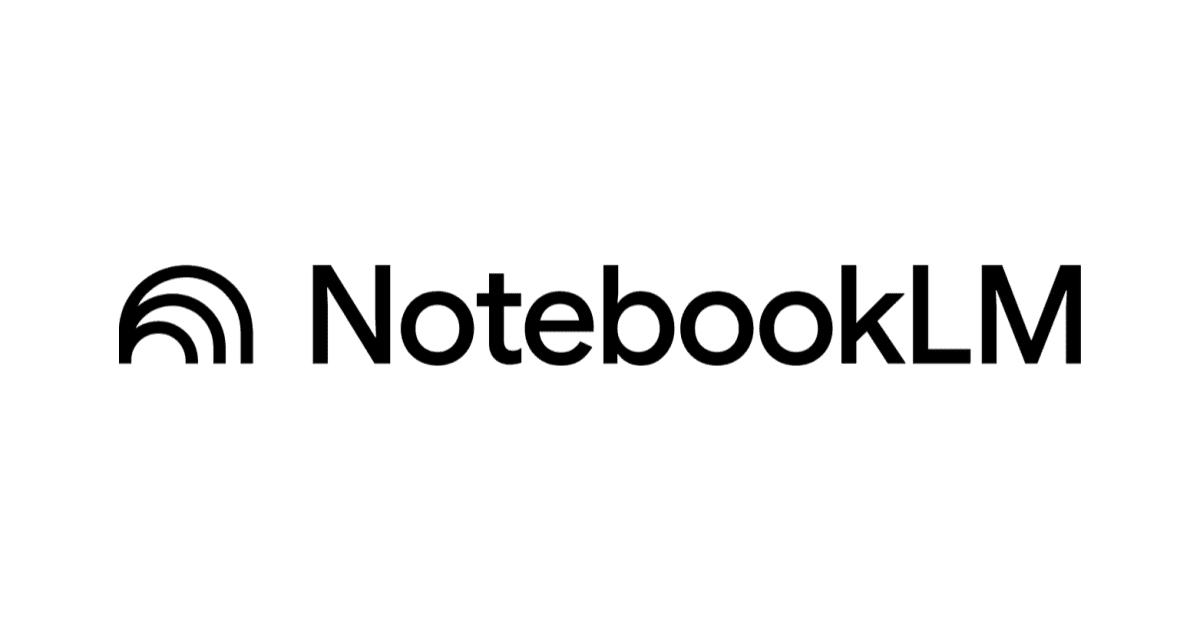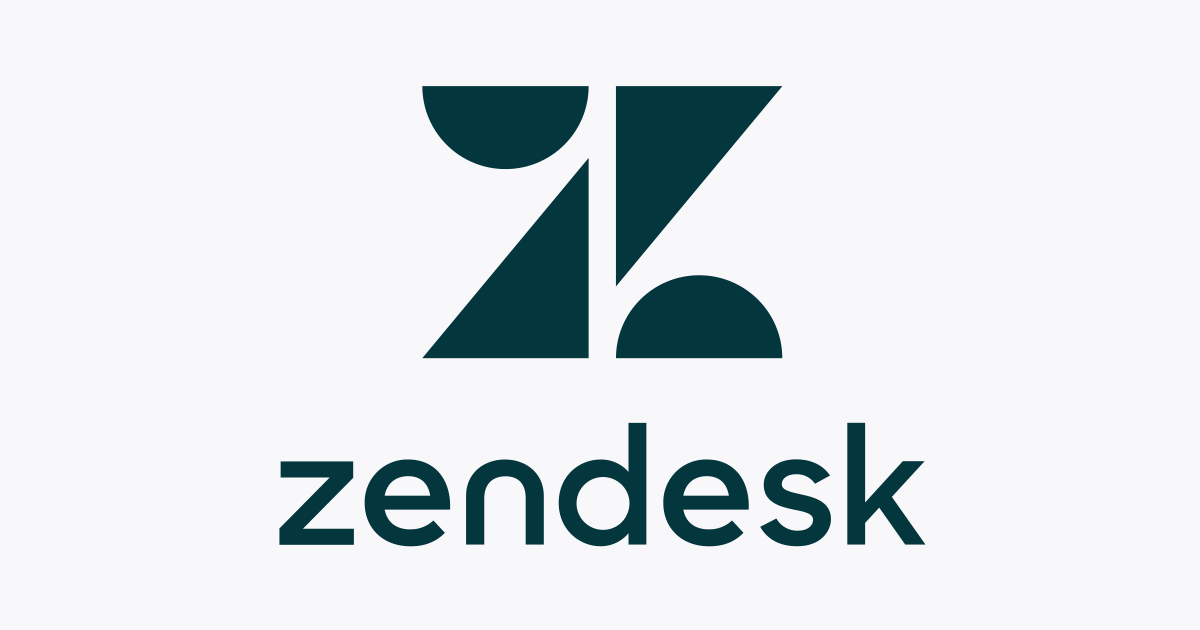I am writing this blog to tell what I learned from 4 days Zendesk Bootcamp. I attended this bootcamp where people of all level of Zendesk understanding participated.
Here is the sneak peak into the workshop.
Day 1:
On first day, we were taught about the steps required to start off any project,
discovery key information to know before our first call with the customer,
document the questions we would ask the customer in order to obtain the information provided in the scenario,
create high level deliverables,
estimate hours for each deliverable,
assign the correct resources to each deliverable,
estimate project deliverable,
document risk and key assumptions that the delivery team and customer should be aware of respectively
At the first meeting with the customer, we are supposed to ask some questions in order to obtain the high level requirements needed to write a Statement of Work (SoW).
These questions might include,
What system are we moving from?
How much data?
Tickets/users/organisation/articles?
Timeline? etc
When the customer needs an integration or application built, we should ask certain questions to understand the development and maintenance complexity,
What system are we integrating with?
Are there APIs?
Do they require UI for this integration? etc
Day 2:
On second day, we learned about the breakage of SOW by phase- Learn, Create, Launch and Manage.
Learn Deliverables-
project introduction , training, learn workshop, design documentation
Create Deliverables-
collaborative configuration, app development
Launch Deliverables-
agent training, go live support, post go live support
Manage Deliverables-
project planning, status updates, change and risk management
Scoping the implementation is a mix of listening to customer's needs and bringing our own best practices and experience. Before we begin, we should know about-
Size of licensing,
Mix of channels and products,
Data migration,
Integration/App/Help Center Development
Brands
Day 3:

Actors:
B2C- consumers are usually identified as end-users
B2E- employees are usually identified as end-users
B2B- business are usually identified as organisations
3rd parties- considered as light agents
Agents with specific skill sets or that need discrete access to certain ticket types are usually clustered together in groups
Customer should make informed decision about which agents will have access to Zendesk and in what capacity when considering roles.
Keep admins to a minimum, but greater that 1 for redundancy
Channels:
Of the email addresses listed in the discovery session:
-Which group will they be routed to?
Will a webform(s) be used in conjunction with or instead of email?
-What fields will be needed on the form to capture relevent information from the customer?
-Which group(s) will the ticket be routed to?
Understand the Twitter and Facebook integration
-Are all wall posts to become tickets?
-Are only DMs going to create tickets?
Agent Tools(Efficiency):
Consider how views can be used to make agents more efficient,
tip: The less views available to agent, the better
tip: Order tickets by SLA breach or created date to provide focus and priority for agents
Embed canned responses and workflow instructions for agents to use and follow by creating macros,
tip: macros can be used to perform actions on tickets too, not just add comments
Automate process by using action based triggers and time based automations,
tip: use triggers to send notifications to end-users when tickets are created
tip: use automations to remind agents and end-users of a required action on a tickets
A schedules and priorities to tickets to drive Service Level Agreement(SLA's)
Use agent facing forms and fields to collect ticket data and inform reporting
Measuring Success:
Are there existing reports which the customer uses in their current solution?
Will the read only Explore reports cover their requirements or are custom reports(queries) required?
Are relational surveys required to gauge brand performance?
Optimise:
Encourage customers to stay informed, trained and enable to ensure their use of the product is continually.
Post launch they will likely need to iterate on the solution using agent and customer feedback.
Furthermore, new features are continually added to support and also internal business processes changes overtime.
Day 4:
We learned about practical implementation of Zendesk. You can check this blog to know more.









